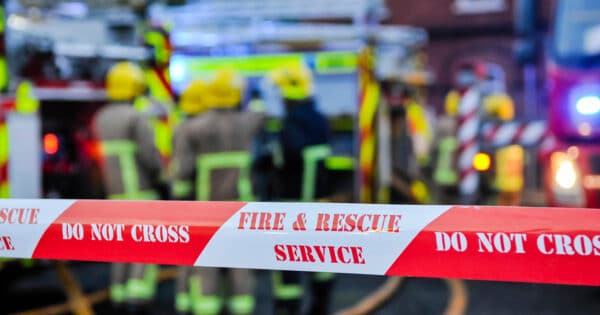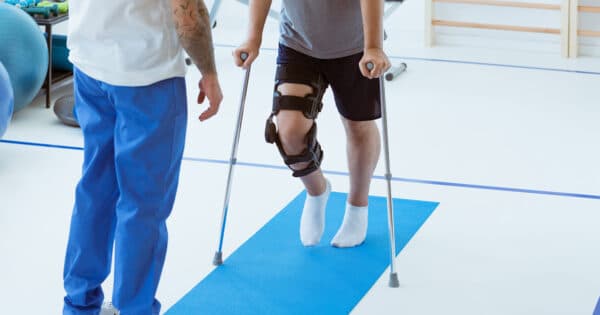We acted for a gentleman after he received an inadequate standard of care following a wrist injury whilst playing football. He was in goal with his hand outstretched when a football hit his left wrist. Importantly, the goal was saved but unfortunately, it caused a very serious wrist injury:
- A fracture of the radial styloid (the bulge at the end of the radius bone, close to the base of the thumb)
- An avulsion fracture (when a small chunk of bone attached to a tendon or ligament gets pulled away from the main part of the bone)
- A shearing injury at the point the radius connects to the wrist joint.
The next day, he attended an Urgent Treatment Centre but the seriousness of his injury was not recognised. Our client should have had urgent surgery within 72 hours but instead he was put in a below-elbow slab cast and advised to return to the fracture clinic in two weeks. As a result, our client’s treatment was delayed, leading to further (avoidable) injury.
Almost a year later, he had plateaued but still had poor wrist function and significant pain. His sleep was impacted. He could not carry his young son or sustain any activity for long without increasing discomfort. He was unable to do things many of us take for granted: type for extended periods, give someone a proper hug, cut a piece of cheese, open a jar or mow the lawn. To this day, the tight and ‘dead’ feeling on the back of his arm persists and he suffers uncomfortable tingling and numbness.
Reviewing what happened
We reviewed the medical records and consulted an independent orthopaedic consultant who provided us with a medical expert opinion on the standard of care and its consequences. Following the expert’s report, we liaised with the relevant Trust who admitted there had been a failure to correctly interpret and report on the x-ray and failure to arrange for further imaging with an urgent orthopaedic review. Had they done so, it was admitted that our client would have had a smoother and quicker recovery; suffered less pain, discomfort and ended up with a better range of movement. Scars would have been minimised and further surgery avoided.
Natalie Hirst said, “The parties reached a settlement to account for our client’s past and future needs, but only those needs which arose from substandard treatment. Our client now has a permanent injury which he must learn to live with. His hope is that lessons are also learned by all of those involved in his care. He was grateful for the apology that we obtained for him and the NHS Resolution’s desire to work collaboratively with him to reach resolution.”
“Natalie listened to me and took me and my pain seriously. She was attentive and prompt throughout. Natalie got me an apology and recognition of my suffering because she understood my story.”
Client testimonial
Why choose us as your medical negligence solicitors?
Our team of specialist medical negligence lawyers has been hand-picked for their specific skills and technical competence in the area of medical negligence claims. Reaching a successful outcome demands not only expert medical negligence law knowledge but also an understanding of how the NHS and medical defence organisations arrive at settlement decisions.







